The content of the article
Immunity of newborns is formed the first 4-6 months. Breasts are weak, so pediatricians advise protecting babies from infections and bacteria. Inoculate pets, wash, and not lick nipples, wrap up if the house is cold, and be sure to sterilize feeding bottles. After all, the remains of milk or a mixture is an ideal medium for the multiplication of E. coli, which destroys the intestinal microflora and weakens children's immunity.
Pros and cons
Some pediatricians argue that under sterile conditions, the newborn does not form antibodies that further protect the child from colds and more serious diseases. It is enough to rinse the bottles with detergent, but it is not necessary to boil.
Moms decide on their own whether to disinfect their feeding accessories or not. Sterilization is mandatory only when:
- the child was recently brought from the hospital, and he did not have time to adapt to a new place;
- a newborn is infected with a virus, a cold, or something infectious;
- milk stood in the bottle for a day or more and managed to turn sour.
Be sure to process new children's dishes to wash away the remnants of chemicals and dirt. Rinse a bottle designed for boiled water regularly, and sterilize it 2-3 times a week. When the child learns to crawl around the apartment, the need to disinfect pacifiers and accessories for feeding will disappear. Toddlers pull dusty toys, mom's slippers and even cat-like filler in their mouths, which have a lot more germs than in a bottle.
Preliminary preparation
After feeding, it is advisable to rinse or fold the dishes in a sink filled with water so that the remaining mixture or milk does not dry out. Bottles rub with a hard brush on a long leg. A special detergent designed to care for children's dishes is added to the water. It is not as aggressive as the standard "adult" options.
The lid with a pacifier is rinsed separately. Only clean bottles are sterilized without residues of juice or milk. If there is no detergent at hand, use baking soda.
You can rinse the feeding accessories in the dishwasher:
- Disassemble the bottle into its individual components.
- Download to the machine separately from adult dishes.
- Add detergent or soda to the special compartment.
- Make sure that the appliance rinses the dishes thoroughly.
The hole in the nipple is cleaned with salt: pour two or three pinches into the rubber tip and rub it with your fingers for several minutes. Silicone specimens do not respond well to such a cleaning component.
The brush intended for caring for children's dishes is thoroughly washed and disinfected along with other accessories. Every month they buy a new one, because bacteria accumulate between the bristles.
Important: Discard damaged bottles immediately. Microbes propagate in microscopic cracks, from which even heat treatment does not save.
Modern assistant
Moms who do not have time to boil children's dishes are recommended to buy a steam sterilizer. Using smart technology is easy:
- Place the bottles with their necks down.
- Put lids and nipples.
- Close the sterilizer and set the timer for 8-10 minutes.
- When the device signals the end of disinfection, remove the required number of bottles, let the rest stand inside.
The standard models fit 4-6 jars and a nipple. Dishes remain sterile for 6 hours if you keep the lid of the device closed.
The technique facilitates the care of the newborn, because a woman just needs to set the timer and start the device. But the sterilizer is not the cheapest pleasure, and the steam does not wash out particles of dried milk or the mixture remaining at the bottom of the bottle, which my mother did not notice or could not wipe.
Grandma's methods
Bacteria die at high temperatures, so a large pan and boiling water are enough to disinfect children's dishes. The tank is filled with water for 2/3 or a little more. The liquid is heated at maximum heat. When it boils, dip the bottles and lids with nipples into the pan.
Cook feeding accessories for 4 to 10 minutes. The duration of disinfection depends on the material of which the nipple is made. Latex and silicone specimens are deformed and cracked due to prolonged boiling. The service life of such accessories is reduced to 1-2 months. Rubber tips are normal and ten minute sterilization.
Bottles and caps are removed with tongs or a slotted spoon so as not to get burned. Place the dishes on a clean towel and wait for the water to drain. Dry bottles are spun and cleaned in a cupboard to protect against dust and bacteria.
The towel is washed after each procedure and ironed to disinfect and destroy the fungus.
The traditional method has several disadvantages:
- Plastic bottles in boiling water are deformed.
- You have to constantly make sure that the latex nipples do not touch the walls and bottom of the pan.
- Tired mothers sometimes forget to remove the container with bottles, and then you have to go to the store for new dishes.
Microwave
It is not easy to care for newborns, and a microwave oven comes to the aid of mother. There are two options for sterilizing nursing accessories.
Method 1
You will have to look into several stores and pick up children's dishes, which are designed for microwave disinfection. These bottles are marked accordingly. She confirms that the dishes will not melt after the first attempt.
Accessories are made of modern materials that are not afraid of high temperatures and do not emit toxic substances when heated. The bottles are placed in the microwave, the equipment is set to maximum or medium temperature and turned on for 3-5 minutes.
Method 2
They sell special boxes for the disinfection of children's dishes, which work on the principle of a steam sterilizer. The box has two compartments: the upper one is for bottles, and the bottom is filled with water. Boxing with nipples and other parts is placed in the microwave, the timer is set for 7-8 minutes.
The bottles are sterilized in special bags. They put accessories inside, add water and turn on the microwave oven. Packages are used about 20 times, then they lose their properties.
Method 3
Glass bottles and specimens from heat-resistant materials are disinfected in a microwave without boxes and other devices. Boiled water is poured into clean containers, the dishes are sent to the oven. The duration of sterilization is 7–9 minutes.
Extreme disinfection
Pour water at room temperature into a clean pan and dissolve the agent in it. They put washed bottles and nipples in a container, press down on top with a lid or something heavy so that the dishes do not float to the surface.
Get it after 30 minutes.Manufacturers claim that antiseptics are not toxic and harmless, but mothers recommend rinsing the bottle with boiled water. Take out the dishes immediately before feeding. The solution is not drained. The liquid retains antiseptic properties for 24 hours.
Moms who only have an electric kettle on hand are advised to rinse the bottle with boiling water immediately after feeding. It is advisable several times to be sure of its cleanliness.
Moms are experimenting
It is not necessary to buy a sterilizer if there is a double boiler or a slow cooker in the house. Water is drawn into the bowl of the device, a special strainer is installed on top. Bottles are turned upside down. It is not necessary to close the slow cooker.
Select a steamer mode, turn it on for 10 minutes. Dry, collect and feed the newborn from a sterile bottle.
It is useful for the baby to contact with the outside world and bacteria so that his body can learn how to make antibodies. Sterile bottles and nipples do not worsen the immunity of the newborn, but only protect its digestive system from E. coli, diarrhea and flatulence. The child will have time to get acquainted with infections, germs and viruses, but while he is tiny and weak, it is better not to risk and regularly process dishes with dummies in a sterilizer or pan.
Video: how to wash and sterilize baby bottles

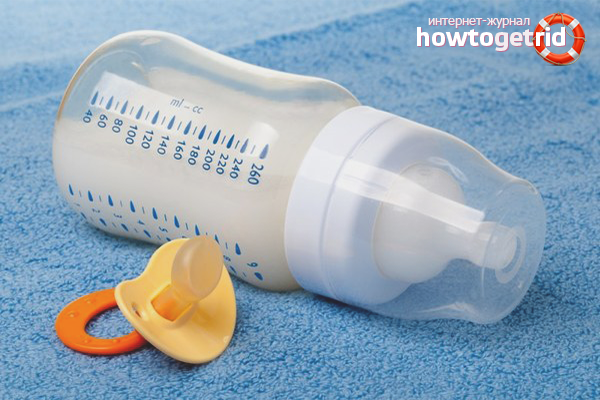
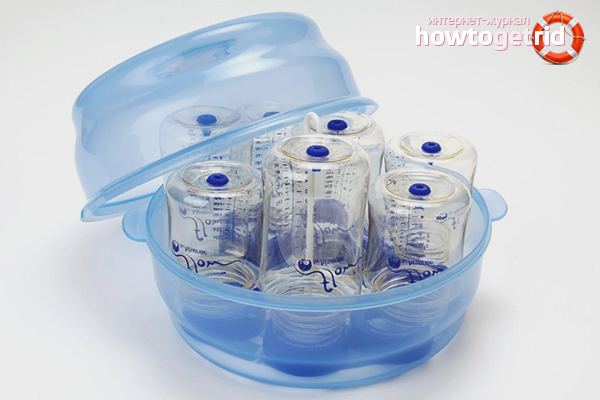
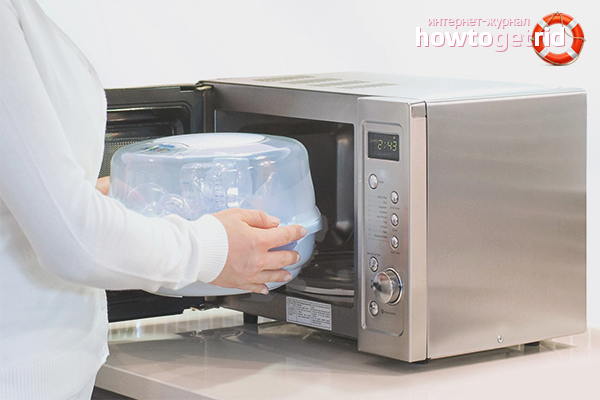
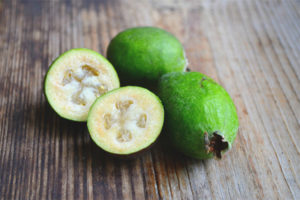
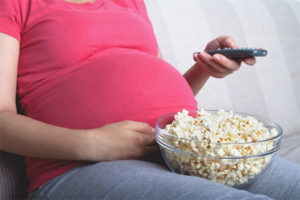


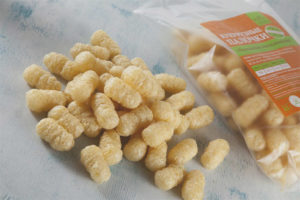



Submit